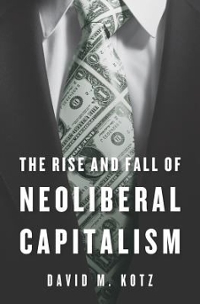Question
1) (Total 6 marks) a) According to Keynes's liquidity preference theory, there are three main motives behind the demand for money. What are these motives?
1) (Total 6 marks) a) According to Keynes's liquidity preference theory, there are three main motives behind the demand for money. What are these motives? (1 mark) b) Based on your answer to part a), write down Keynes's liquidity preference function for the demand for real money balances and briefly define its terms. (1 mark) c) In Keynes's analysis of demand for money, is velocity treated as constant or variable? Explain. (2 marks) d) Write down the equation that describes the quantity theory of money and briefly define its terms. (1 mark) e) "According to the quantity theory of money, the demand for money is affected by both income and interest rate". Is this statement true or false? Discuss. (1 mark)
2) (Total 8 marks) a) What is an autonomous easing of monetary policy? Illustrate and explain using a diagram. (1 mark) b) How does an autonomous easing of monetary policy affect the IS curve and AD curve? Illustrate using the diagrams. (2 marks) c) What effect does an increase in expected inflation have on the short-run aggregate supply curve? (1 mark) d) What effect does an increase in expected inflation have on the long-run aggregate supply curve? (1 mark) e) What is meant by "self-correcting mechanism"? Illustrate and explain your answer using a fully-labelled aggregate demand and supply diagram. (3 marks)
3) (Total 6 marks) a) Write down the consumption expenditure function and briefly define each term. (1 mark) b) Write down the equilibrium condition that says aggregate output Y equals planned expenditure in terms of its four components. Briefly define each term. (1 mark) c) Suppose that autonomous consumption expenditure is $650, the marginal propensity to consume is 0.7, taxes is $100, planned investment spending is $250, government expenditure is $100 and net exports is $250. What is the equilibrium aggregate output? Show your workings. (2 marks) d) Now suppose that taxes increases by $150. The government spends 90% of this extra tax revenue on building new hospitals and roads. What is the net effect on aggregate output, if any? Show your workings.
Long Questions (10 marks each)
1) What is a nominal anchor? Why is it important that an anchor is credible? Explain, using an example of a demand shock, why credibility is important. 2) Do you believe that monetary policy should be activist or nonactivist? Why? Explain, using diagrams and/or examples. 3) What is meant by "divine coincidence"? Why is it called "divine"? Discuss in detail using diagrams and/or examples.
Step by Step Solution
There are 3 Steps involved in it
Step: 1

Get Instant Access to Expert-Tailored Solutions
See step-by-step solutions with expert insights and AI powered tools for academic success
Step: 2

Step: 3

Ace Your Homework with AI
Get the answers you need in no time with our AI-driven, step-by-step assistance
Get Started


